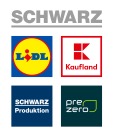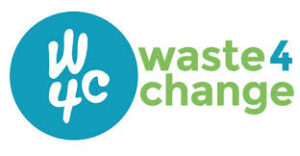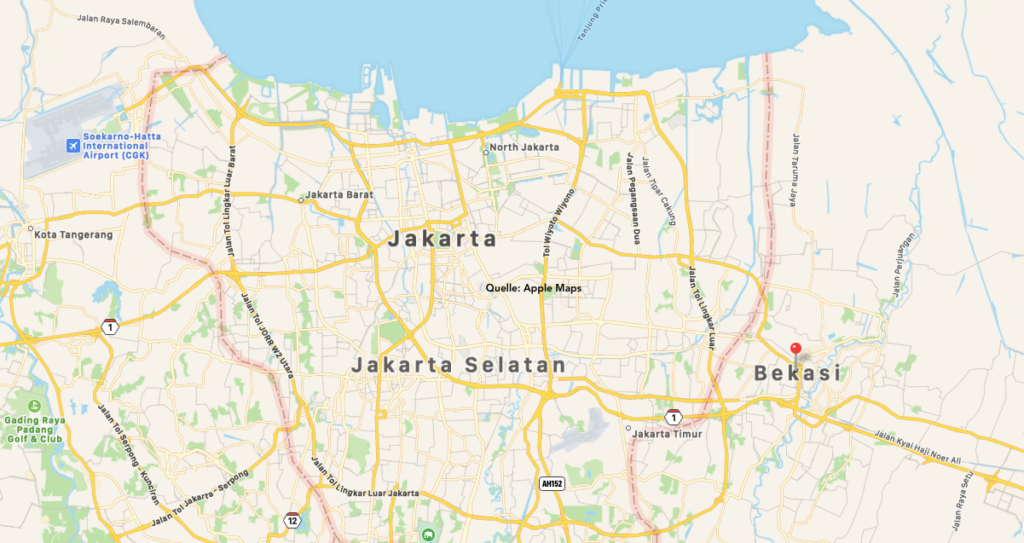oeoo in Indonesia
21. October 2020 2023-02-11 16:05oeoo in Indonesia
In cooperation with the Schwarz Group PT Waste4Change
Three SeeHamster in Indonesia
In cooperation with the Schwarz Group (Lidl, Kaufland, PreZero) and PT Waste4Change Alam Indonesia (W4C), a local NGO, oeoo is launching a joint river cleaning project in the city of Bekasi in Java/Indonesia.
The waste collection project will run for the time being over a period of three years. The project management is at oeoo. The Schwarz Group not only finances the overall project including the corresponding SeeHamster collection vessels as well as other equipment, training of project participants and the recycling of the collected plastics, but also contributes their expertise on the topic of recycling.
The third partner is PT Waste4Change Alam Indonesia (W4C), a local waste and circular economy specialist in Java/Indonesia.


The industrial metropolis of Bekasi, about 40 kilometers southeast of Jakarta’s center, has about 2.9 million inhabitants (2018) and is located in one of the areas with the highest pollution in Indonesia.
The Bantar Gebang is Indonesia’s largest dump, to which most of the waste has been brought from Jakarta since the early 1990s.
Also in the surrounding area flows the citarum, supposedly the “world’s dirtiest river”, which is mainly contaminated by chemicals from textile factories, but also by household waste and other waste. “Since there is no regulated waste system or running water, the river became not only a water source for the residents, but also a waste dump.









Lennart Rölz, OEOO, Dr. Ir. Safari Burhannuddin, Ministry of Maritime Affairs, Dr. Rahmat Effendi, Vice Mayor Bekasi City Government, M. Bijaksana Junerosano, Founder & CEO von PT. Wasteforchange Alam Indonesia, Hannah Carina Nicklas, Schwarz Zentrale Dienste KG,
Benedikt Kohout, GreenCycle GmbH, Office Hongkong, Dr. Harald Frank, Consultant OEOO und Leiter des Projekts













On the island of Java, our joint river cleaning project with the Schwarz Group was launched in March 2021. The rivers around the metropolis of Bekasi on the outskirts of Jakarta are heavily polluted with (plastic) waste. The project was originally supposed to start in spring 2020, but a flood and Corona caused delays.
As a result, two more new SeeHamsters could only be put into operation in November 2021. The three catamarans are each equipped with different waste collection technology to cope with different collection situations in the river and on the shore: Ramp, conveyor belt and a large collection basket should help to work as efficiently as possible. For example, a SeeHamster can pick up the water waste with the help of a solar-powered conveyor belt and work both mobile and stationary in combination with a floating barrier installed in the river.
To avoid emissions, for the first time we are only using SeeHamsters equipped with an e-drive that can be charged via photovoltaics in this cleaning project.
In November 2021, the two oeoo members Dr Harald Frank and Paul Marbach were on site to realise, among other things, a solar-powered charging station for the SeeHamster’s electric outboard motors.
In addition, the construction of the Base Camp on the riverbank was completed. It consists of a converted container to house the technical equipment and an office workstation and provides further space for waste sorting and temporary storage.
On the roof, 25 m2 of photovoltaic panels were installed to provide electricity for the 3 electrically powered SeeHamster waste collection boats.






